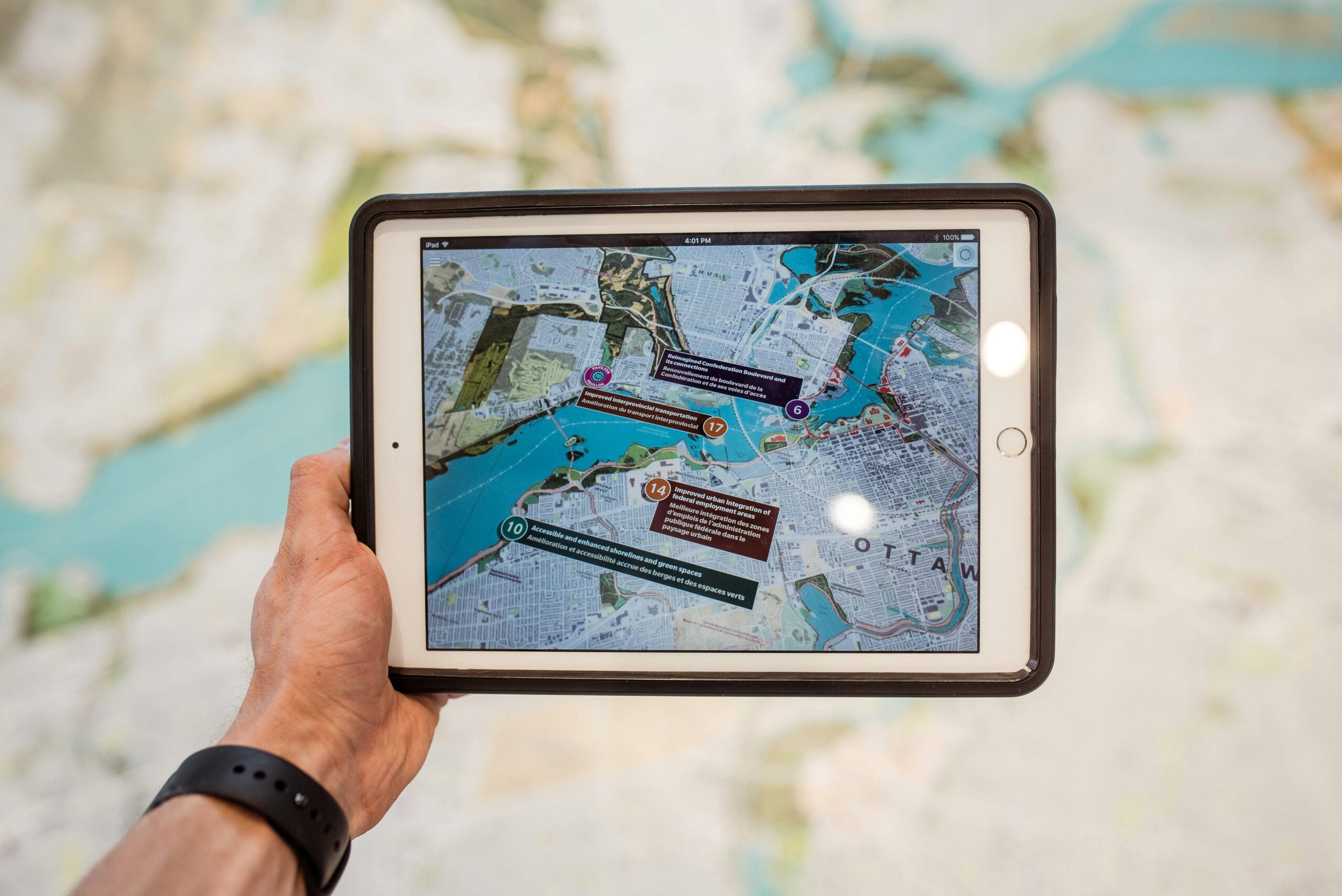Introduction
Urban planning plays a crucial role in shaping the future of cities. As our cities continue to grow and evolve, the need for innovative solutions becomes increasingly important. One area where innovation can have a significant impact is in the development of user interface (UI) and user experience (UX) solutions for city development platforms.
The Importance of UI/UX in Urban Planning
UI/UX design is more than just making things look visually appealing. It is about creating intuitive and user-friendly experiences that enhance usability and engagement. In the context of urban planning, UI/UX solutions can provide several benefits:
- Improved Accessibility: A well-designed UI/UX can make city development platforms more accessible to a wider range of users, including citizens, planners, and policymakers. This inclusivity ensures that everyone can participate in the planning process and have their voices heard.
- Enhanced Data Visualization: Urban planning involves analyzing and interpreting vast amounts of data. UI/UX solutions can help transform complex data sets into visually appealing and easy-to-understand visualizations. This enables planners to make informed decisions based on data-driven insights.
- Streamlined Collaboration: Effective urban planning requires collaboration among multiple stakeholders. UI/UX solutions can facilitate seamless collaboration by providing intuitive interfaces that allow for easy sharing of information and ideas.
- Engaging Public Participation: Engaging the public in the planning process is crucial for creating sustainable and livable cities. UI/UX solutions can help create interactive platforms that encourage public participation, enabling citizens to provide feedback and contribute to the decision-making process.
Examples of UI/UX Solutions in Urban Planning
Several cities around the world have already embraced UI/UX solutions to enhance their urban planning processes. Here are a few examples:
1. CityDash
CityDash is an interactive dashboard developed by the City of London. It provides real-time data on various aspects of the city, such as air quality, traffic congestion, and energy consumption. The UI/UX design of CityDash makes it easy for policymakers and citizens to access and understand the data, enabling them to make informed decisions and take appropriate actions.
2. Copenhagen Solutions Lab
Copenhagen Solutions Lab is a digital platform that engages citizens in the urban planning process. The platform utilizes UI/UX design to create interactive maps and visualizations that allow citizens to explore and provide feedback on proposed projects. This approach fosters transparency and inclusivity, ensuring that the planning process reflects the needs and aspirations of the community.
3. NYC Planning Labs
NYC Planning Labs is an initiative by the New York City Department of City Planning. It focuses on developing UI/UX solutions to improve public engagement in the planning process. One of their projects, the Zoning Resolution Manual, provides an interactive and user-friendly interface for navigating the complex zoning regulations of the city. This empowers citizens and developers to understand and comply with the regulations more effectively.
Challenges and Future Directions
While UI/UX solutions have the potential to revolutionize urban planning, there are challenges that need to be addressed. Some of these challenges include:
- Data Integration: Integrating data from various sources and ensuring its accuracy and reliability can be complex. UI/UX solutions need to be designed to handle these challenges and provide seamless access to integrated data.
- Privacy and Security: As urban planning platforms collect and process sensitive data, ensuring privacy and security becomes paramount. UI/UX solutions should prioritize data protection and provide clear guidelines on data usage and consent.
- Adoption and Training: Introducing new UI/UX solutions may require training and support for users to fully utilize their potential. Cities need to invest in user education and provide resources to ensure widespread adoption and effective use of these platforms.
The future of UI/UX solutions in urban planning looks promising. As technology continues to advance, we can expect more innovative solutions that leverage AI, IoT, and data analytics to create smarter and more sustainable cities.
Conclusion
UI/UX solutions have the power to transform urban planning by making it more accessible, collaborative, and engaging. By embracing these innovative solutions, cities can create more inclusive and sustainable urban environments. However, it is essential to address the challenges and invest in the necessary resources to ensure the successful implementation and adoption of these solutions. With the right approach, UI/UX design can play a significant role in shaping the future of our cities.




Leave a Reply